Predicting the star type with Machine Learning
This project aims to use Machine Learning in order to predict the type of star, according to parameters chosen by the user.

To begin, we will use the star database available on Kaggle for our project.
The library used for loading the data is Pandas. As this project is not an exploratory analysis, we will proceed directly to the algorithm.
We will use Scikit-Learn, “a package that provides efficient versions of a large number of common algorithms”, definition of the book Python Data Science Handbook.
The web application was made using Streamlit, a quick way to transform scripts written in Python into web applications.
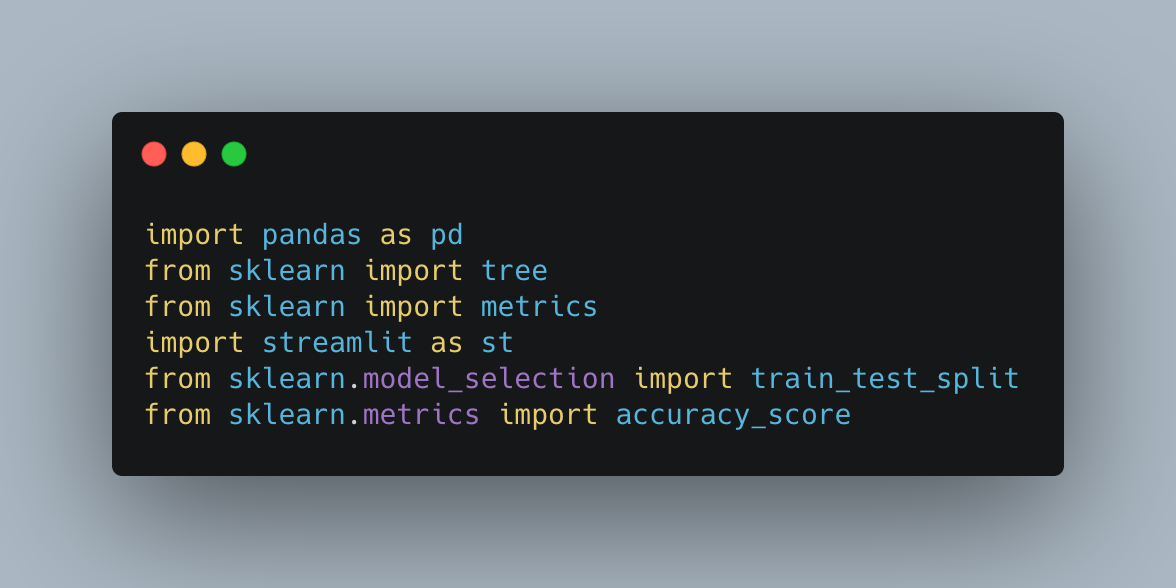
The project was inspired by the Hertzsprung-Russell Diagram, developed independently in the early 1900s by Ejnar Hertzsprung and Henry Norris Russell. This diagram traces the temperature of the stars and their luminosity (the theoretical diagram HR), or the color of the stars (or spectral type) and their absolute magnitude.
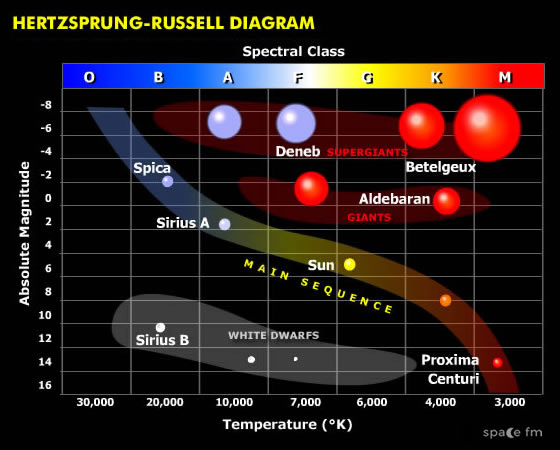
The user must then choose the parameter values he wishes and the algorithm will return which type of star, according to the chosen values.
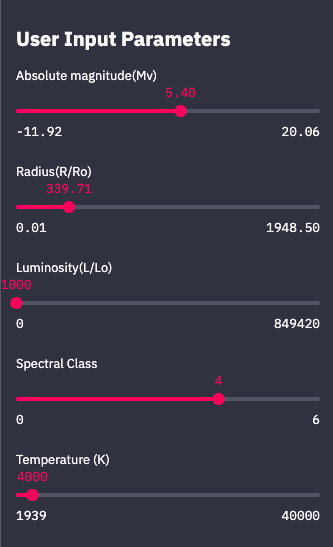
This can be done through the Streamlit script, where we will add the necessary parameters for the project and the minimum and maximum values.
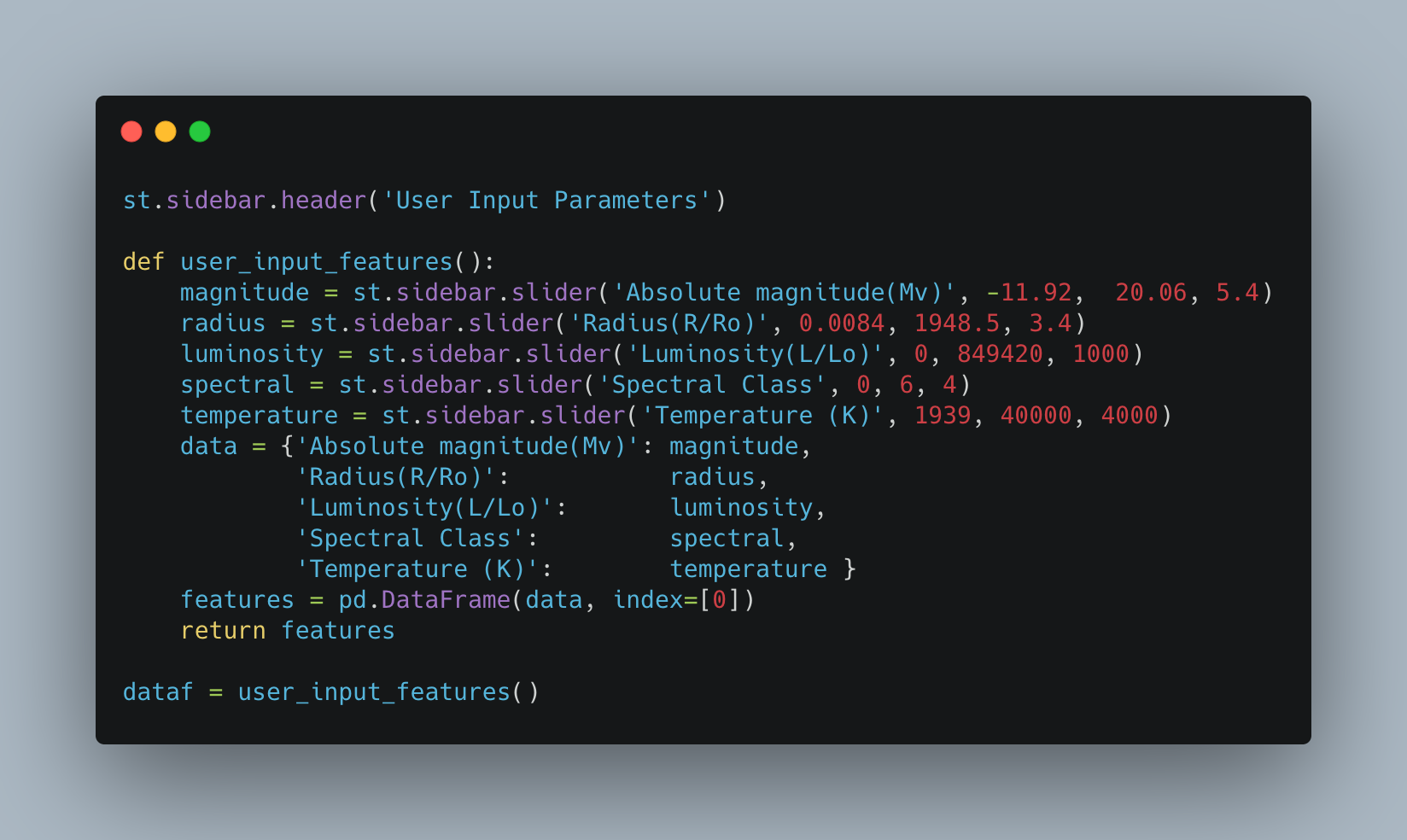
The Machine Learning algorithm used was the Decision Tree.
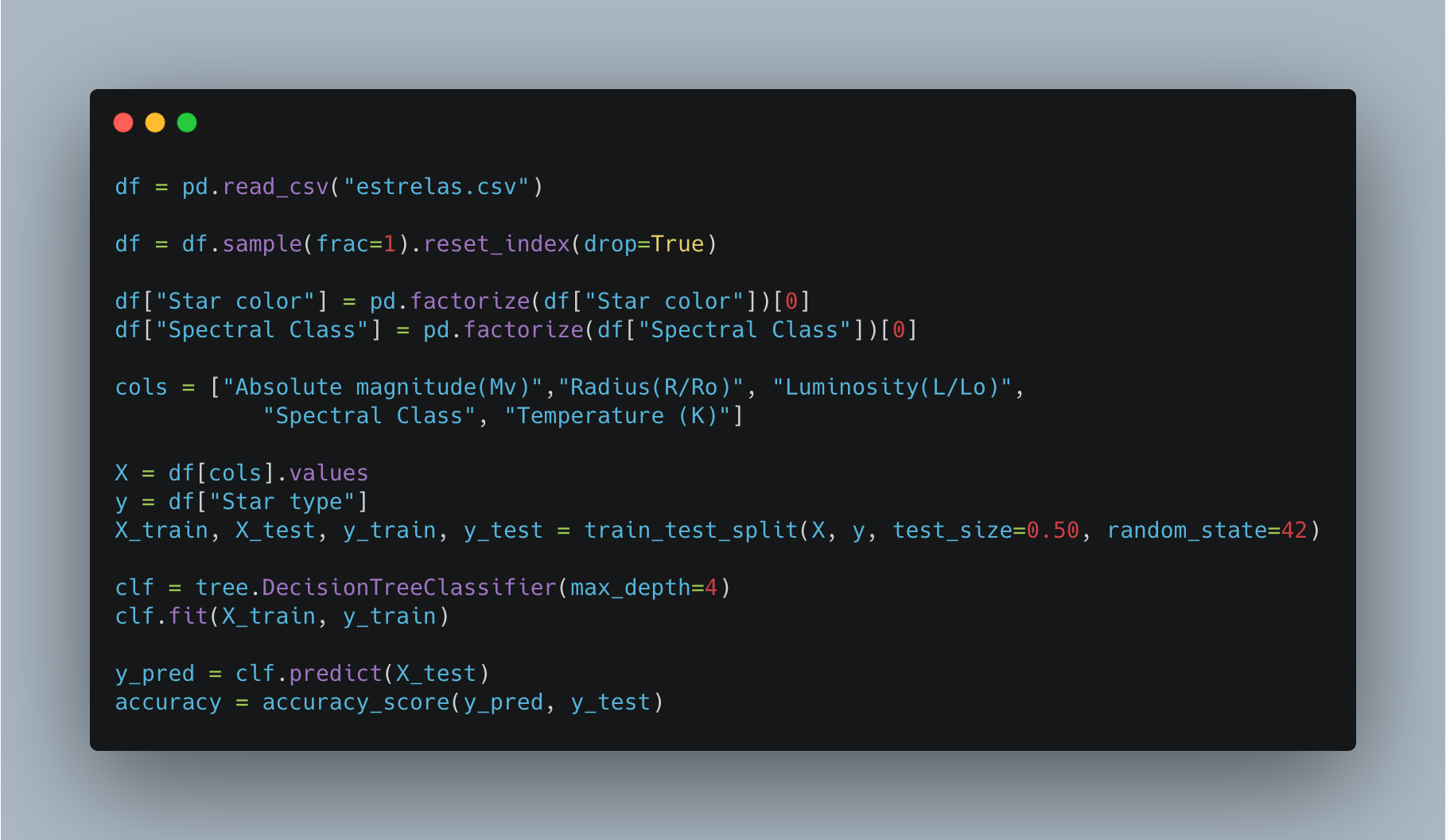
The end result is a Web application written in Python, which combines Machine Learning and Front-End.
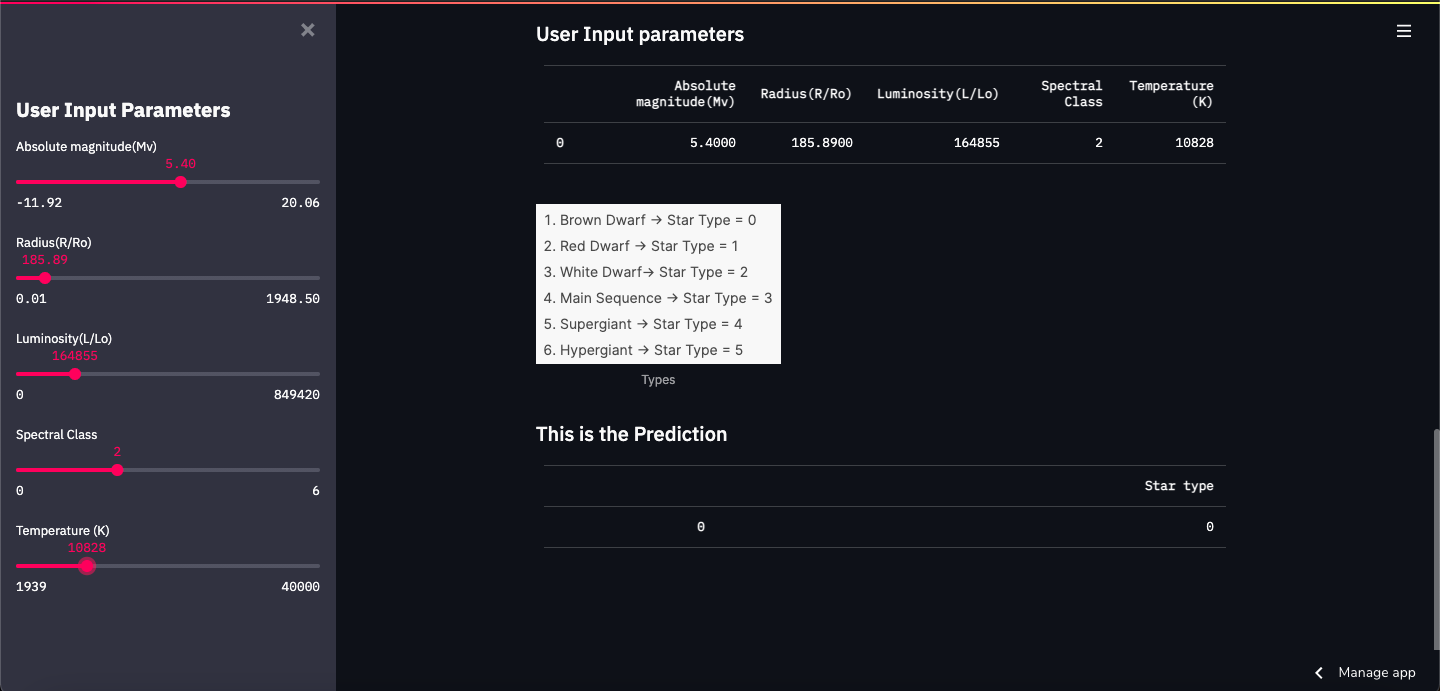
You can consult the application here and the project code here.
References: HR Diagram Streamlit Streamlit WebAPP